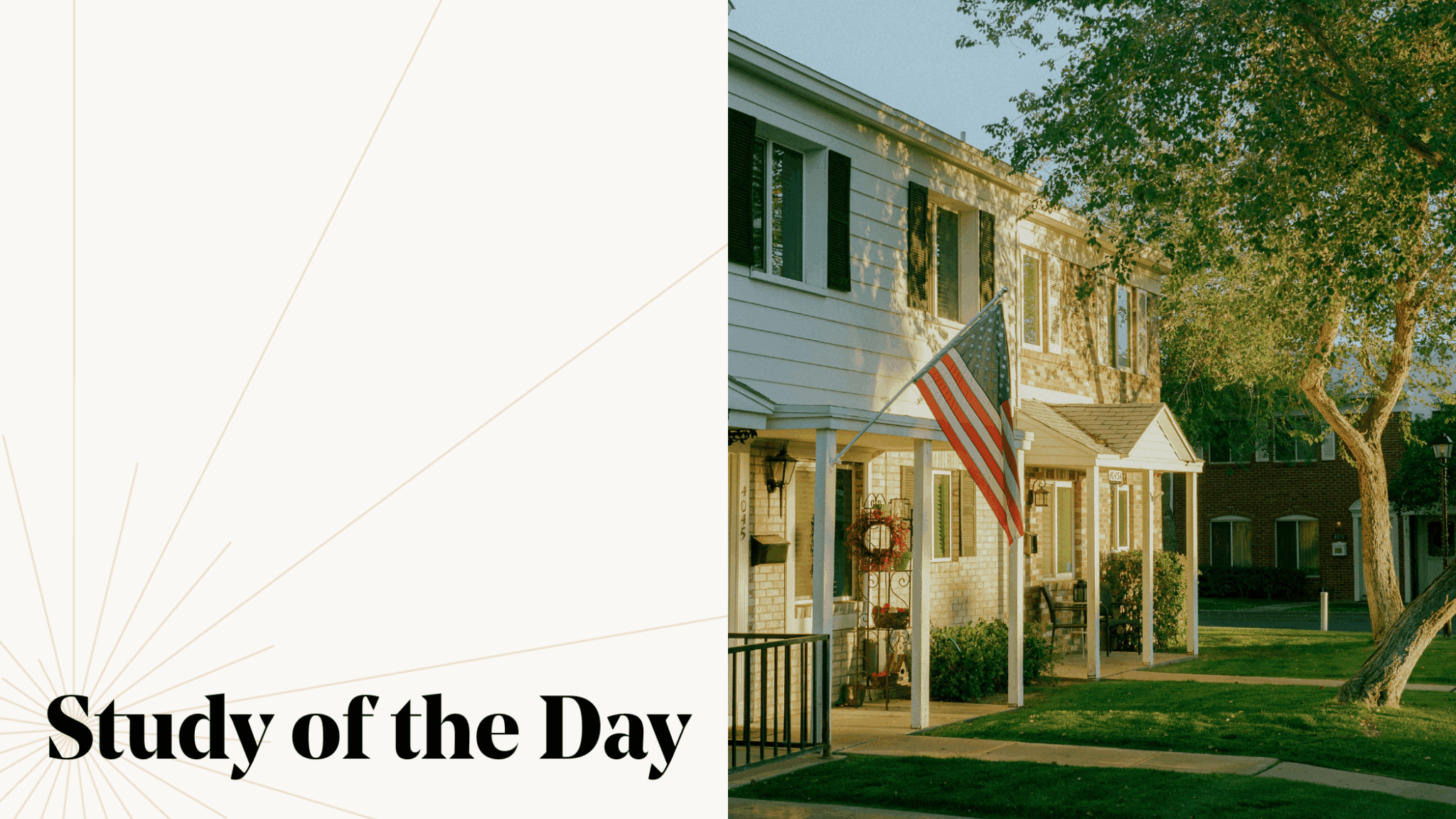In our Study of the Day feature series, we highlight a research publication related to a John Templeton Foundation-supported project, connecting the fascinating and unique research we fund to important conversations happening around the world.
In the title essay of his 1969 collection The Long-Legged House, Wendell Berry describes his return to his native Kentucky after sojourns in the West and East Coast academic and literary worlds: “That summer I began to see, however dimly, that one of my ambitions, perhaps my governing ambition, was to belong fully to this place, to belong as the thrushes and the herons and the muskrats belonged, to be altogether at home here.” He goes on to note that his realization amounted to “a spiritual ambition, like goodness.”
It’s nothing new to feel a sense of being, or a desire to be, altogether at home in a place, loving it fully. The poets and essayists know it, as do the herons and the muskrats in their way. In the academic study of love, though, the love of place has tended to be relegated to being treated as mere attachment or familiarity, and has not been given the same attention as interpersonal love, or the love of humanity or God.
A new paper published in the International Journal of Intercultural Relations attempts to add structure and depth to the ways psychologists and sociologists can investigate love of place. To produce this expanded approach, psychologist Victor Counted, a professor at Regent University and affiliate of Harvard’s Human Flourishing Program, led a group of nine experts from disciplines ranging from environmental psychology and sociology to urban planning and architecture as they engaged in a structured exploration of love of place and its impact on individuals, communities, and the environment.
Each of the co-authors share their particular views and approaches—Counted wrote about attachment theory and the New Orleans Mardi Gras; urban theorist David Seamon explored place vibrancy as exemplified by studies like Jane Jacobs’ The Life and Death of Great American Cities. Australian psychologist Kelly-Ann Allen considered Aboriginal concepts of connection to the land, while Jayanti Basu of Calcutta University explored ways that biophilia (love of the natural world) informs our connections to place and people. Saudade, a hard-to-define Portuguese emotion spurred by separation from familiar loved ones and places, was the focus of social-personality psychologist Richard Cowden, while psychologist Clay Routledge wrote about the origins of the defined concept of nostalgia in, of all things, seventeenth-century military medicine.
Together, the scholar devised a schema for love of place grouped around themes of identity of place, sacredness, biophilia, and “communal harmony and creative placemaking.” For each theme they then applied two core elements common to other kinds of love: unitive love (the desire for healthy connection with the beloved), and contributory love (the desire to contribute to the good of the beloved).
The authors propose that when directed towards a place, unitive love might encompass a sense of rooted connection, a natural pull or emotional attachment, or even a sense of transcendence.
The parallel contributory love of place centers around things like conservation, sustaining, community-building, and advocating for a place’s cultural significance.
Love of place is a positive disposition, the authors contend, with a depth and complexity extending beyond mere attachment or familiarity. They hope that their framework will help shape a research agenda touching on disciplines as varied as sociology, political science, evolutionary biology, religious studies, existential philosophy, and architecture. To understand what it means to belong to a place, as Wendell Berry wrote, may take at least a lifetime of attention.
Still Curious?
Nate Barksdale writes about the intersection of science, history, philosophy, faith, and popular culture. He was editor of the magazine re:generation quarterly and is a frequent contributor to History.com.
